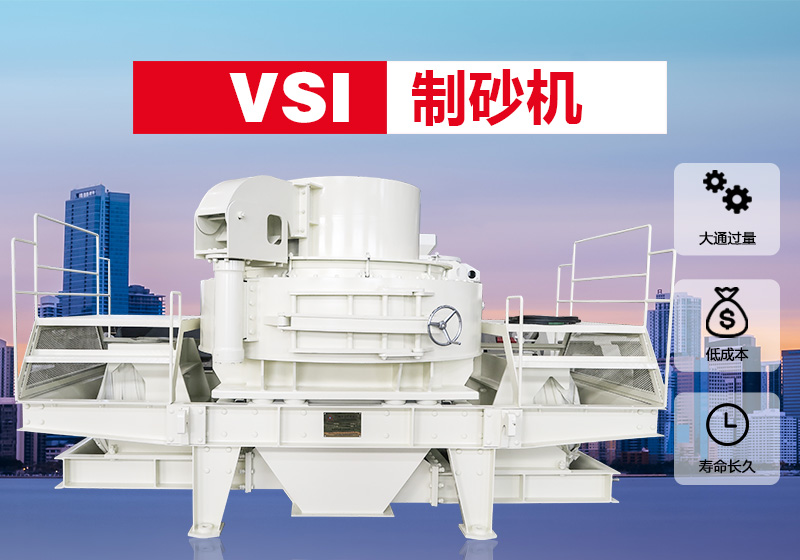
Material hardness: The harder the material is, the denser its broken texture structure will be, which makes sand making more difficult and wears heavily on the equipment.
Material humidity: When the material is crushed in the sand making machine, if the material has a high water content, it is easy to adhere, and it is also easy to block during the feeding and conveying process, resulting in a decrease in the output of the sand making machine.
Material viscosity: Materials with high viscosity will adhere to the inner wall of the flow channel cavity of the sand making machine in the sand making machine, causing blockage of the flow channel cavity, reducing sand making efficiency, and may cause damage to the sand making machine in severe cases.
Powder content of the material: The more fine powder the material contains, the easier it is to stick during the sand making process, which will affect the feeding speed and reduce the sand making output.
Feeding and discharging size, feeding amount: If the feeding amount is too large or too small, the sand production rate of the sand making machine will be reduced, resulting in increased wear of the crushing chamber liner and shortening the replacement cycle of parts.
Output granularity: The finer the output granularity, the stronger the crush resistance of the material, the higher the difficulty of sand making, the lower the sand making capacity, and the lower the output of the sand making machine.
Sand making machine operation status, impeller speed: under the same material characteristics, the higher the impeller speed, the greater the kinetic energy, the material is squeezed, ground and crushed at high speed in the vortex chamber, and the output of the sand making machine is increased. Machine output is low.






 Leave Message
Leave Message Chat Online
Chat Online










